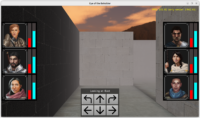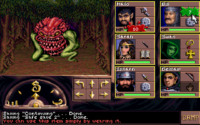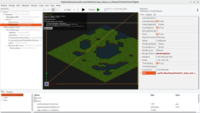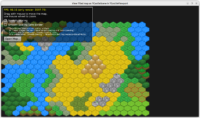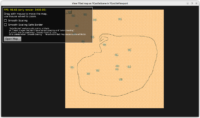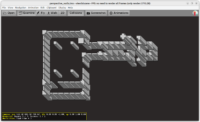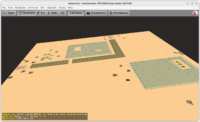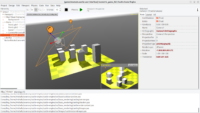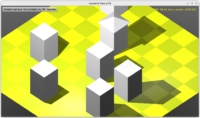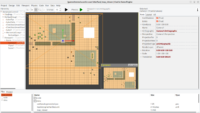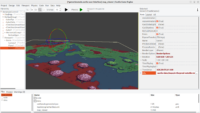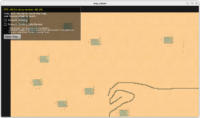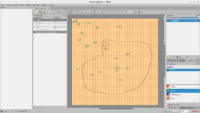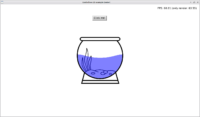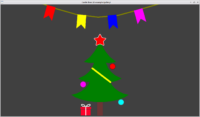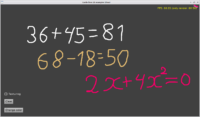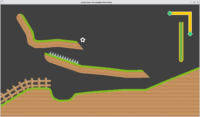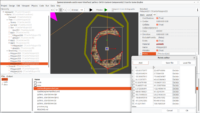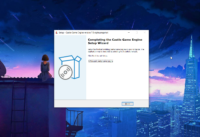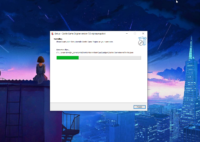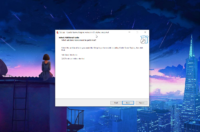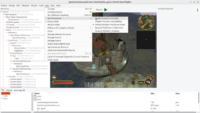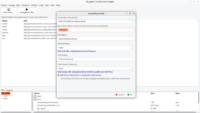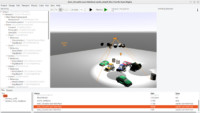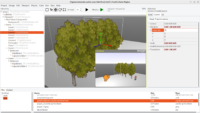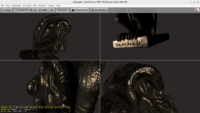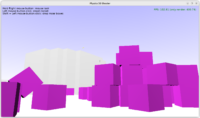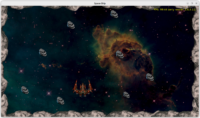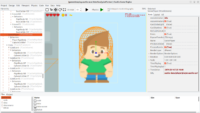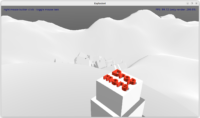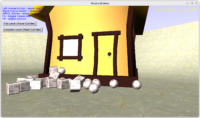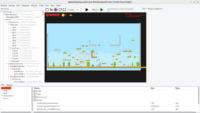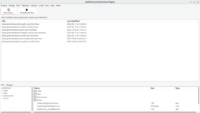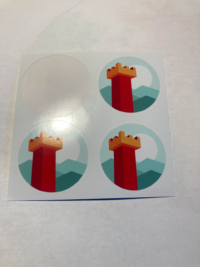 |
While technically I’m busy on shadow-volumes-new branch (despite the name, it has spiraled into a number of generally useful rendering code refactors; rendering on both modern and ancient GPUs will benefit, as various things are improved and the code gets simpler too)…
…let me make a non-technical post 🙂
We really appreciate your donations and, going forward, this is ideally the way to fund the development of the engine, The main goal of donations is simply to cover the cost of people, so that they can work on the engine full-time, which in turn just translates to more features, faster. Right now we have 1/2 developer on a payroll (Andrzej Kilijański, paid from Michalis Kamburelis own pocket) and hiring him was a great decision — having Andrzej made a big difference, the engine progress in recent years owes much to his work. Imagine we can have 10x of that 🙂
Our recommended way to donate is a monthly subscription on Patreon. Patreon offers a number of traditional payment methods.
On top of making things easy, Patreon also offers a unique reward for donors: 4 physical sticker with CGE logo that you receive after 3 monthly donations at 10 USD tier. See the photo 🙂 They ship worldwide, I tested 🙂
But there are other options, always listed here. These include:
-
If crypto-currencies are your thing, you can donate using:
Ethereum: send to this address:
0x0b0e37c7391C7268DEc9c0De63bA5A3b1B42baCeBitcoin: send to this address:
1FuJkCsKpHLL3E5nCQ4Y99bFprYPytd9HN
Whichever option, whichever tier you choose — big thank you!
I’m serious about developing the engine, I’m serious about making something that enables you to develop great games with open-source software. We are doing it… wow, I just found the oldest news post from 2004. So 18+ years now. The engine is now old enough to drink and do other adult stuff 🙂 And you can see at our regular news, for so many years that we don’t stop and we don’t plan to stop. I hope you enjoy this journey and want to support us along the way. Financial funding is, in the long-term, something that allows to work on the engine just as a regular thing, with as much people and time we can afford. Your support really changes what we can achieve and how fast we can do it.
Enjoy creating games with Castle Game Engine!
